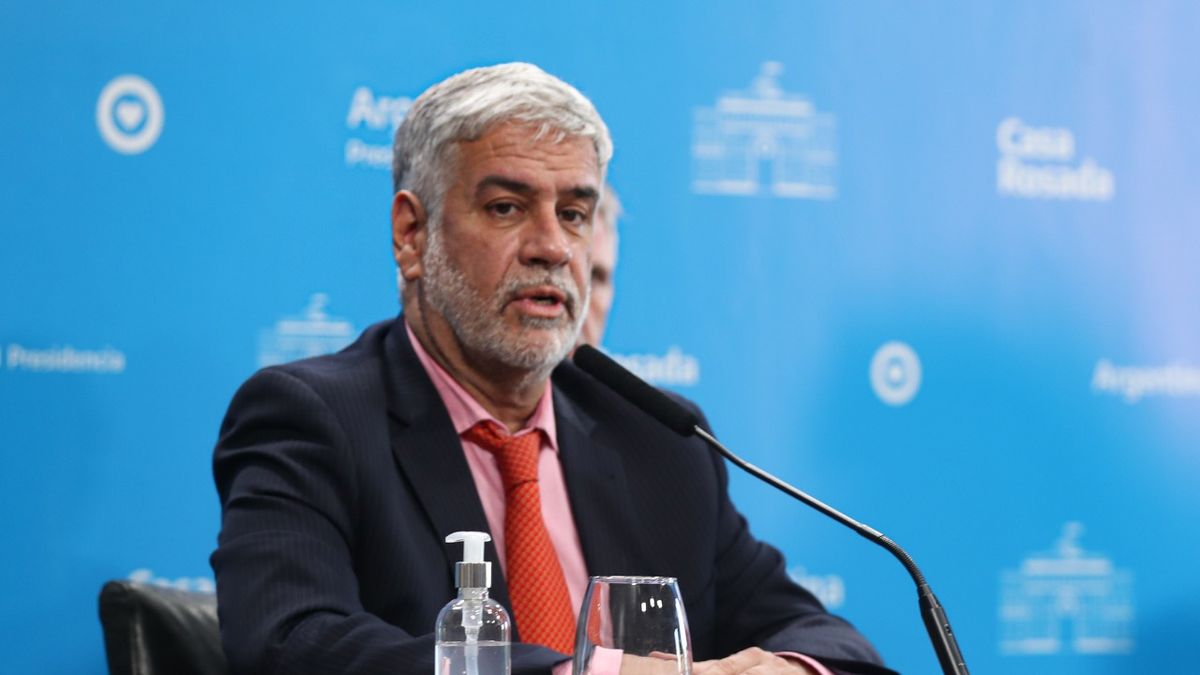What’s more, the basket of 1400 products will have another modification: they will grant the request to the food companies to take out the most premium products. Since the resolution of maximum prices came out, on October 20, food such as Danone, Unilever O Bimbo they began to meet with the technical teams of the Secretary of Commerce to request to remove products. The concession will be for the companies that were left within the freeze with the greatest amount of premium products, where the companies work with greater profitability. A “gesture” from the secretariat for what is to come.
When the freeze ends, on January 7, Care Prices will be in effect again. The difference is that, instead of including 600 products as until last October, it will have almost double: between 1,100 and 1,200. A “wide basket” is what Feletti asks of companies. Another change that could have with respect to the original program created in 2014 by the former Secretary of Commerce and today Buenos Aires Minister of Production, Augusto Costa, is the price adjustment. Care Prices had 4 updates per year, every 3 months. They analyze whether to return to this mechanism, or to take into account the variation in consumer income.
Among the changes that are being considered is how to go about reaching neighborhood businesses, which account for more than half of the country’s consumption. Today this list is found in supermarkets or wholesalers. From Maxiconsumo, they proposed to Feletti to make two price lists, one for wholesalers and the other for local businesses. The problem is that the grocery sector asked for the list to be 25% larger, and Chinese supermarkets 18%. “We cannot validate those increases,” said an official source.
The big change that the new basket of Care Prices could bring is to add to the “fresh” products: meat, fruits and vegetables, something that neither Costa nor the former secretary, Paula Español, did, except for a specific one. Unlike food products, nucleated in the Copal chamber, the production of these goods is atomized. In the Ministry of Internal Trade they assure that they cannot set prices for meat in the gondola because for that they need to ensure the supply, which depends on the Liniers market, where the interference is from the Ministry of Agriculture, headed by Julián Domínguez.
Close to Feletti they told that they want to monitor the consumption of fresh, because they assure that “protein is lacking” in the diet of Argentines. The goal is to return to consumption in 2015: 110 kilos of meat per capita per year, made up of 55 of beef, 40 of chicken and the rest between pork and fish. In the case of fruits and vegetables, they will seek to work with “alternative” production and marketing, to include cooperatives, and “deconcentrate” the market. According to data from the Ministry of Internal Trade, 80% of the supply of Care Products is fulfilled in the metropolitan area and 75% in the provinces. The maximum objective is ambitious: aim to eliminate poverty.
Source From: Ambito
David William is a talented author who has made a name for himself in the world of writing. He is a professional author who writes on a wide range of topics, from general interest to opinion news. David is currently working as a writer at 24 hours worlds where he brings his unique perspective and in-depth research to his articles, making them both informative and engaging.




